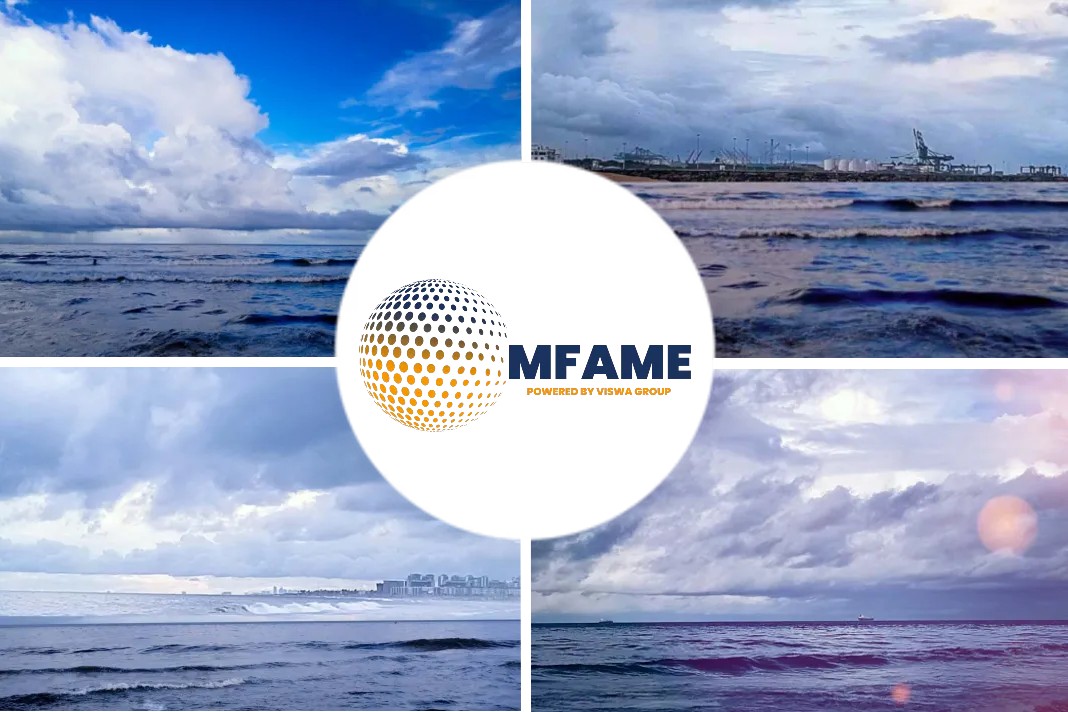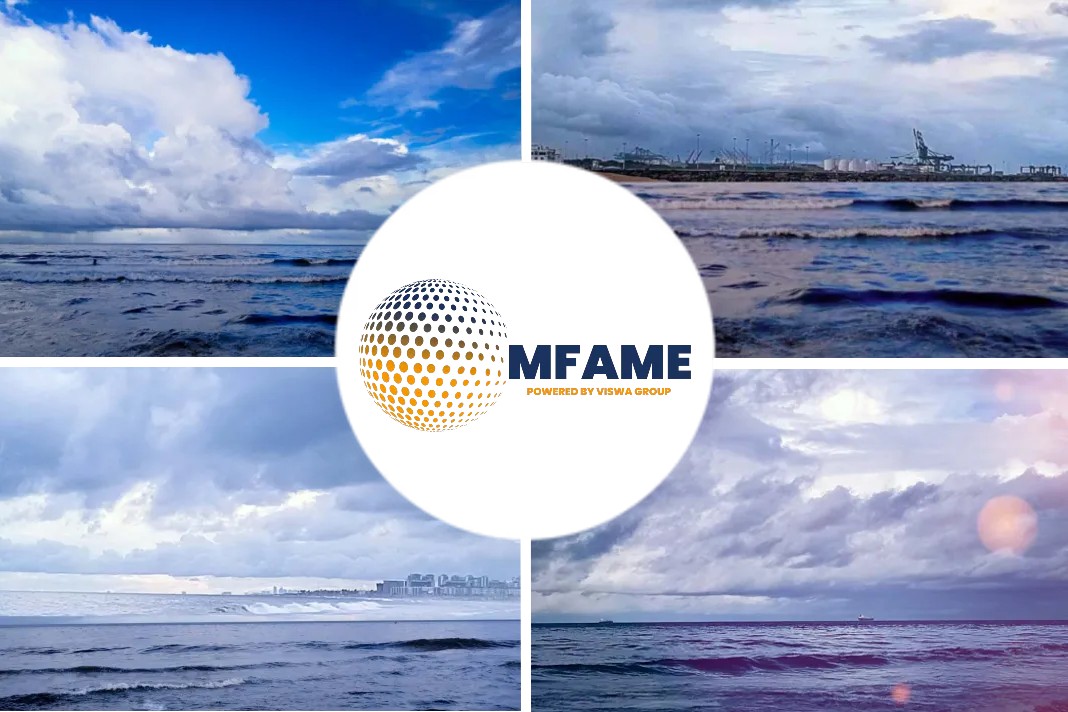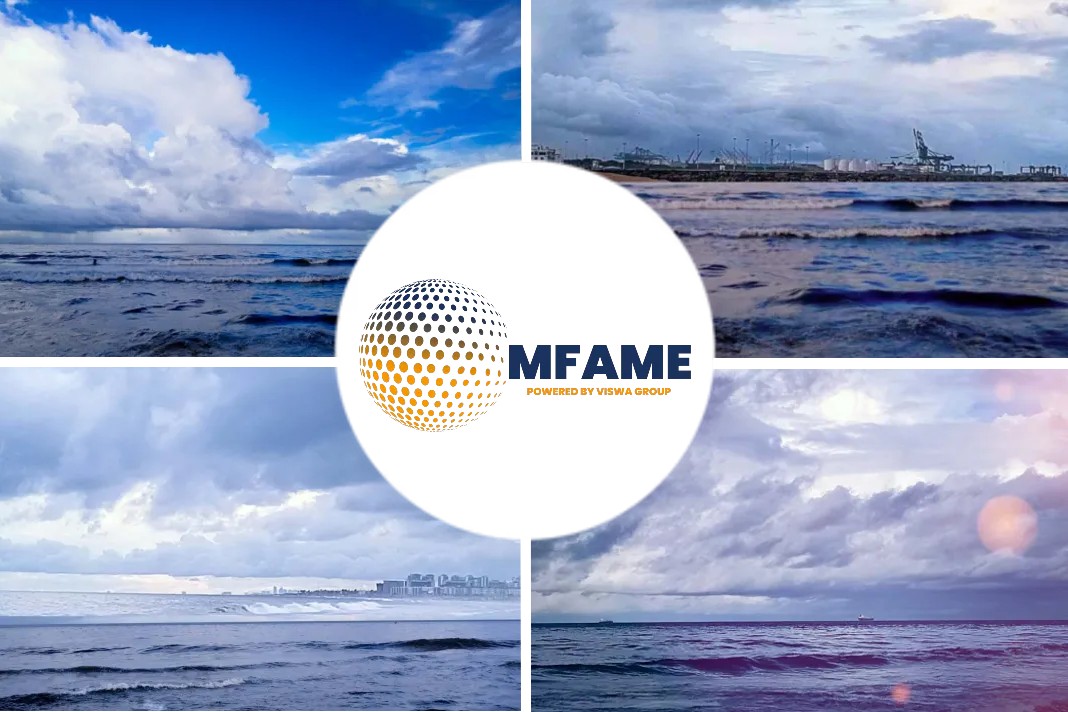- At present it is essential that most companies need to evidence their care for the environment.
- Anyone in the supply chain need to show tangible proof which can be used to then further demonstrate to a customer’s clients their own credibility.
- Shipping industry though has a low impact per tonne of freight compared to air cargo, due to its scale ocean shipping is a particular case.
The Handy Ship Guide publishes the importance of environmental care and an evidence to see through that freighters are doing their part. This practice is demanded as consumers want to know the environmental credentials of the shippers or freighters from who ship their product.
IMO sulphur cap
A fine objective, not however the easiest thing to do when you control a fleet of vessels worth tens, if not hundreds of millions of pounds, some bound to be ageing and powered by older more polluting technology.
From 2005 the IMO sulphur cap has done much to reduce emissions with the use of cleaner fuels to cut the sulphur oxides (SOx) in marine fuel further than ever, reducing levels to 0.50% m/m (mass by mass) in January this year.
Use of Scrubbers
Some vessels use ‘scrubbers’ to achieve the same effect but all this comes at a cost.
A look at one of the major players, Mediterranean Shipping Company (MSC) which just a couple of weeks ago sent a broadside at an NGO which had interpreted data to make it seem that the company was not pulling its weight as far as emissions were concerned.
Emission drops sharply
The reason the Swiss headquartered company was so angered is easy to understand.
When the latest breed of ultra large container vessels carry their 20,000+ TEU loads, the impact of emissions per tonne of cargo on the environment drops sharply.
The giant 23,756 TEU MSC Gülsün for example, with one of the lowest carbon footprints by design, when laden emits just 7.49 grams of CO2 to move one tonne of cargo one nautical mile.
Carbon offsetting
Carbon offsetting may not be the most popular method to claim ecological credibility but it was at least an option when MSC became the first major shipping line to introduce its Carbon Neutral Programme in partnership with the climate action projects of the South Pole organisation, a programme now extended globally and which fully compensates any unavoidable carbon emissions.
MSC Carbon Neutral Programme
The compensation of emissions offered as part of the MSC Carbon Neutral Programme follows a rigorous process.
The carbon footprint of shipments is measured, after which South Pole certifies that the corresponding amount of carbon credits from the selected two projects is permanently cancelled on behalf of MSC customers in the Verra Registry, a trusted emissions registry run by Verra (former VCS), an internationally recognised, third-party verification standard. These carbon credits are assigned serial numbers in the publicly accessible registry ensuring no double counting of claims.
Modernising ships
The main thrust of efforts to secure the future of ocean shipping as a greener industry does not however lie with offsetting.
Modernising ships and driving down what they emit is the key, with the ultimate goal a giant, cargo carrying, long range version of the zero emission ferries which are beginning to emerge, particularly from the quaysides of Scandinavia and elsewhere in Western Europe.
Competition among companies
Companies such as MSC face competition on the Iron Silk Road route, carrying freight by rail in a slower and costlier manner to and from China and elsewhere, but undoubtedly currently a cleaner transport mode than by sea.
To counter that MSC says it launched the biggest investment programme in the industry, designing and building ships specifically with environmental interests in mind.
Successful trials
Last year, following successful trials, the company began bunkering responsibly sourced biofuel blends on a routine basis.
Whilst the trials only used a 10% mix, MSC now uses a 30% blend which it says should result in a 15-20% reduction in CO2 production. The ultimate target for this route is however an 80-90% cut in such emissions.
Hybrid Exhaust Gas Cleaning System
The gigantic MSC Gülsün comes equipped with a UN IMO-approved hybrid Exhaust Gas Cleaning System as well as the option of running on low-Sulphur fuel, and can be adapted for liquefied natural gas (LNG) in the future, another big possibility as bunkering of the new fuel passes the critical take up point.
Rise in trade
With around 90% of all the world’s goods delivered by sea the 21 million containers which the group shifts every year will always be under scrutiny and the new approach, and the rise in trade, has seen a sea change in how ocean freight works.
The average size of an MSC vessel rose from 2,500 TEU in 2003 to 6,500 just 15 years later, and the designs coming off the drawing board today are radically different.
Container ships are designed with wind and water resistance
These days, despite their blocky profile, container ships are designed with wind and water resistance both in mind, bulbous bows and suitable hull design and coatings have a massive effect on resistance.
Elsewhere companies are experimenting with the century old Flettner rotor technology and the race is on to provide a dual fuel system for larger vessels incorporating the ever evolving battery technology.
Goods traded globally
Just a glance at the figures shown in the accompanying picture demonstrates that, for the vast amount of essential goods traded globally, the emissions are comparatively insignificant, particularly against private vehicle use.
With one eye of the consumer firmly on how goods are sourced however, the efforts to maximise green credentials by minimising pollution will continue unabated.
Did you subscribe to our daily newsletter?
It’s Free! Click here to Subscribe!
Source: Handy Shipping Guide




















